Hitting the road in your RV sets you up for some amazing adventures. There’s a real sense of freedom that comes with driving your home on wheels wherever you want. But before I get into that driver’s seat, there’s something I always do: a solid pre-trip safety check.
This routine makes a huge difference when it comes to keeping my travels safe and stress-free. So, I’m breaking down the key checks and habits that help make sure every trip starts off on the right foot.
RV Exterior and Body Safety Checks
A quick walkaround is my first step before each trip. Checking the outside of the RV helps spot any issues that might not show up until you’re miles away from help. I always start by looking at the roof for loose screws, missing sealant, or cracked panels. It’s surprising how often roofs get tiny leaks or branches stuck up there.
The next thing on my checklist is the awnings and windows. I verify that all awnings are stowed and latched properly. Even a slightly loose awning can deploy in strong winds and cause a lot of trouble on the highway. I also close all windows and check for cracks or broken latches.
All access doors, like storage bays and propane compartments, need a check. I pull on the handles to make sure each door is closed and locked. This avoids damage or loss of belongings mid-trip.
Mirrors, windshield, and exterior lights come next. I look for chips or cracks in the windshield that could spread with travel. I test all running and brake lights, turn signals, and clearance lights to be sure I’m visible to other drivers, even in rain or fog.
Finally, tires need a close look. I check for proper inflation using a quality tire gauge, inspect tread wear, and search for bulges, cuts, or objects stuck in the tire. Tire blowouts can end a trip quickly and often cause other damage. For safety assurance, I travel with tire pressure monitors.
If you’re unsure how to check tire condition or PSI, it’s worth asking an RV tech or another RVer for a walkthrough. A simple tire issue can become a real pain if you miss it during your check.
Don’t forget to check your spare tire, too. A flat spare won’t do you any good if you end up needing it. Carry a portable inflator and tire patch kit if you’re planning to get off the beaten path.
Mechanical and Engine Systems
The RV’s driving systems work hard every mile. I get into the habit of checking the engine oil, coolant, brake fluid, transmission fluid, and power steering fluid levels before every big drive. Even in motorhomes or vans that have a newer chassis, low fluids can cause engines to overheat or shut down suddenly.
Batteries are another biggie. I make sure both the engine battery and the house batteries are charged and corrosion-free. If you spot green-blue gunk on battery terminals, clean it off with a little baking soda and water. Weak house batteries mean you end up with no lights or power to your fridge by nightfall.
If you tow a toad (that’s RV lingo for a car you pull with your RV), double-check the tow bar and safety chains. I always test the brake and turn signal connections between the RV and the tow vehicle. Malfunctions here can be dangerous, and you might get pulled over.
I never skip checking the suspension and brakes. If you don’t know what to look for, at least take a quick look under the RV for any obvious leaks, hanging cables, or parts that look loose or out of place.
For brakes, listen for squeaks or grinding and notice if stopping takes more effort than usual. RV brakes wear down faster than you’d expect, especially in the mountains or when carrying heavy loads.
Belts and hoses in the engine compartment also deserve a careful look. Cracked hoses or worn belts can lead to breakdowns far from help. Give them a gentle squeeze and check for signs of brittleness or fraying.
Interior Safety: Living Area and Appliances
The interior feels like home, but you want it to be safe during travel. As I get ready, I move through the living area, making sure loose items are put away and nothing can fly off counters or shelves. Cupboards and drawers need to be latched. I’ve had jars, pots, and even laptops tumble because I forgot a single catch.
An RV is a rolling earthquake! After all these years on the road, since 2008, we are still constantly amazed by what sometimes goes on during highway travel.
Smoke, carbon monoxide, and propane gas detectors are super important. I test each one per the manufacturer’s recommendation. Changing batteries regularly is a good habit, too. A working detector gives a heads-up to leaks long before they become dangerous. I also find and check the location of my fire extinguisher, keep it within 24″ of the entry door, and not tucked away behind stored gear.
The propane system needs a sniff test. I turn on the gas and check appliances for leaks at the gas line connections, if accessible, using a bubble solution or soapy water. Bubbles here mean trouble: there’s a leak. I also look at propane hoses under the stove and at the tank fittings outside for kinks or cracking.
Furnace and water heater vents must be checked for wasp nests or blockages. Even a few leaves or dirt can cause bad airflow and push exhaust back inside. I run each appliance for a few minutes and check for normal flame color; blue for propane is a good sign. Yellow can mean not enough air or a dirty burner.
Floor clearances matter more than you’d expect. Rugs or small bins can block emergency exits. Check that all paths to doors and windows are free of stuff, especially at night. In a pinch, fast action is everything.
Water, Waste, and Utility System Checks
Water leaks or holding tank mishaps can ruin your mood way faster than almost anything else. I always check hoses for cracks or loose connections. The fresh water fill inlet and cap should be tight. I usually run some gallons into the tank, then check under the RV for leaks.
I confirm that the black and gray tank valves operate smoothly and there’s no sign of leakage along waste lines. Waste hoses and fittings should always be stored clean and ready, not tossed in a random bin. For new RVers, it’s smart to label your hoses and try a practice dump in a safe spot before you need to do it at a busy campground.
City water connections should have a pressure regulator and a filter, if you use one. Overpressurized water lines can pop inside walls and cause big problems. I keep a flashlight handy for checking connections and for poking into small cabinets and behind panels.
When plugging into campground power, I always use my surge protector and test all the outlets inside if in doubt.
Pre-Trip On the Road Safety Prep
Once my RV checks are finished, I do a final sweep for travel readiness. Mirrors are set, seats adjusted, and backup cameras working. I secure anything that could shift during braking, even the coffee mug! All vents, skylights, steps, and antennas go down and get latched before we move.
I keep an emergency kit in the cab with first aid supplies, a flashlight, road flares, bottled water, and key spare parts like fuses and extra bulbs. If you have pets, secure their carriers or beds. No one wants to chase a loose cat under the dashboard at a rest stop.
I go over my planned route for road closures and weather alerts, and keep track of fuel stops. Refueling before hitting empty makes a big difference because not every remote area has an easy gas station for RVs.
A quick double check of travel documents, registration, insurance, and campground info is the last step. A folder with copies stashed in the cab has come to my rescue more than once. It’s a simple but effective peace of mind.
Common Hurdles and Smart Solutions
Even the most careful inspection can’t prevent every mishap, but spotting the usual issues early has saved me a ton of time and money. The first time I found a flat tire at a remote trailhead, having a working jack and a spare meant I didn’t wait hours for road service. Carrying spare fuses and bulbs has kept me rolling after a taillight shorted from a rainstorm.
Mold and moisture come up pretty often inside RVs, especially after storage or rainy travel days. Small leaks can lead to bigger headaches, so a regular check of cupboards, closet corners, and window frames for dampness is worthwhile.
I picked up some low-cost moisture absorbers from the hardware store, and they actually work pretty well.
Power surges at campgrounds are a real threat to RV electronics. My surge protector trips once or twice every season. It’s saved my fridge and laptop more than once from a nasty jolt when the power comes back after an outage.
Learning to fix simple stuff like replacing bulbs, tightening water fittings, or swapping wiper blades saves money and time. RV education has taught me almost every RV repair skill I know, and that comes in handy more often than you’d think.
Tips for Reliable and Comfortable RV Travel
Sticking to a routine for pre-trip checks keeps my mind at ease. I keep a printed checklist taped inside a cupboard door so I never miss a step, no matter how eager I am to get rolling. Years ago, getting in the habit of asking fellow campers about their tips added a lot to my process. That, plus my RV travel experiences, created my pre-trip regimen.
Pacing your trip helps a lot. I plan regular breaks so I can walk around the RV and check for potential tire issues or anything odd. Little issues are easier to spot with these small stops, and it makes the drive more pleasant, too.
If you’re new to RVing, try a practice trip close to home. Pick a weekend at a state park and treat it as a real adventure. This way, you can test your safety checks and see what works for you without any big consequences for rookie mistakes. We had plenty starting out!
- Tire Condition: Check before every drive, and don’t forget the spare.
- Detectors and Extinguishers: Test regularly, especially if you’ve been parked for extended periods.
- Documentation: Keep digital and paper copies handy in the cab area.
- Moisture Checks: Always look at cabinetry and seams after rain or heavy dew.
Frequently Asked Questions
Here are some basic questions that people often ask about safety checks and RV prep.
What’s the minimum I should check before every drive?
At the very least, check tires, all outside lights, fluid levels, all latches and doors, and test smoke and gas detectors. This short list covers the basics needed for travel safety.
How do I check if my propane system is safe?
Turn all appliances off, open the tank’s gas valve, and use soapy water on hoses and fittings while the system is under pressure. If you see bubbles, there’s a leak that needs to be fixed before you go anywhere.
What’s a good way to remember everything on a pre-trip check?
Printed checklists taped inside a kitchen or wardrobe cabinet really help. Keeping a list in your smartphone notes app is also smart, so you always have it on hand.
Your Safety Makes Every Trip Better
A thorough pre-trip safety check keeps your road adventures rolling smoothly. These habits become second nature after a while and can help you out in the long run.
Start each trip with a careful look at the basics, listen to your RV, and keep learning from others in the RV community. Peace of mind is a big part of what makes life on the road so appealing, and it all starts with solid safety prep.
Looking for more RV tips and tricks? Check out our website for guides and advice on all things RV living.
If you have questions about safety checks or want to share your pre-trip routines, drop a comment below. I love swapping stories and ideas that help everyone travel a little safer.
READY TO ROLL, CHECKLIST DONE, ADVENTURE AWAITS!
Looking for more RV ownership ideas, or have questions about maintaining your RV? Head over to Your Full Time RV Living for extra tips, guides, and answers.
Pam and I are always happy to share what works. We hope your RV adventures are smooth and full of memories!
Drop any questions or concerns about your DIY RV inspection in the comments.
_______________________________________________________
If you want a detailed RV inspection checklist developed by me for the NRVIA, please visit this article, where you can download it for FREE. My RV inspection checklist is very detailed and is what is used by the professionals. If you need help understanding it, there is a source for that, too.
To learn more about me, click here.

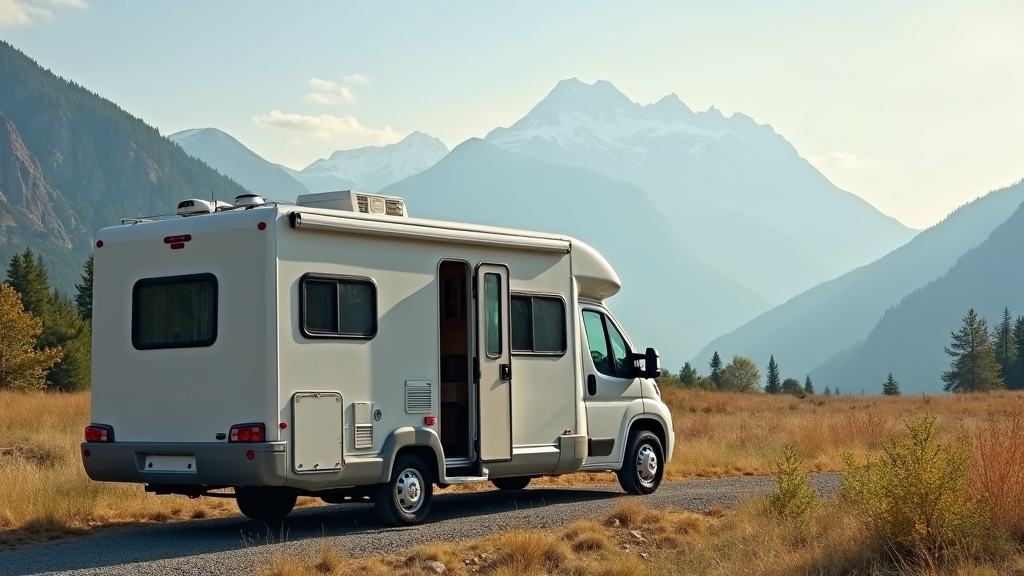
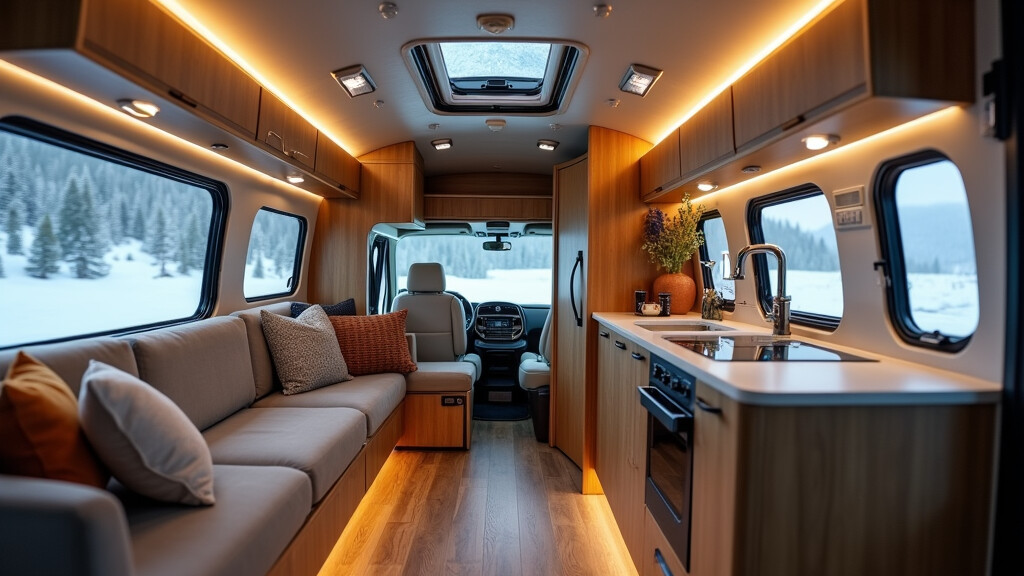
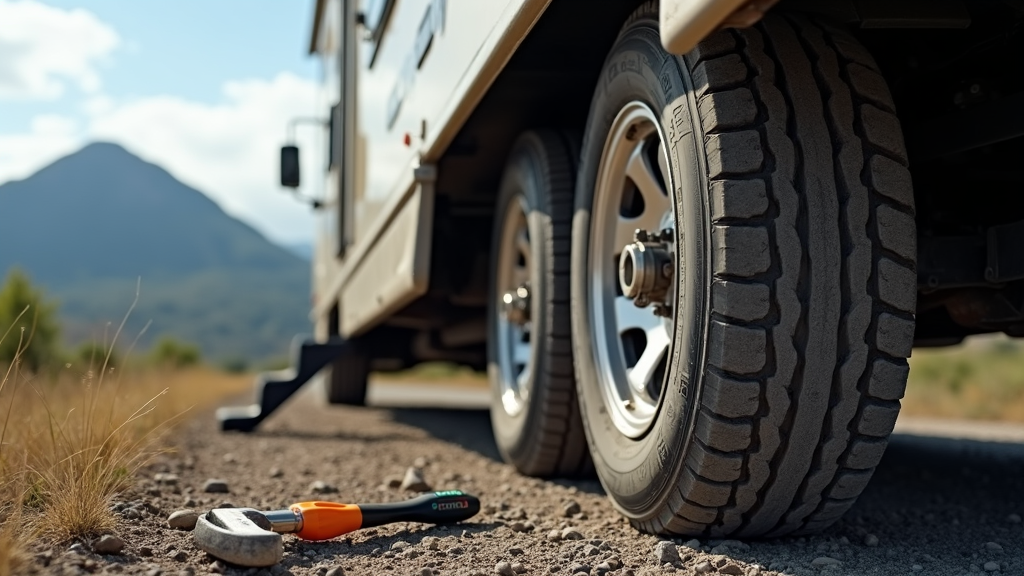

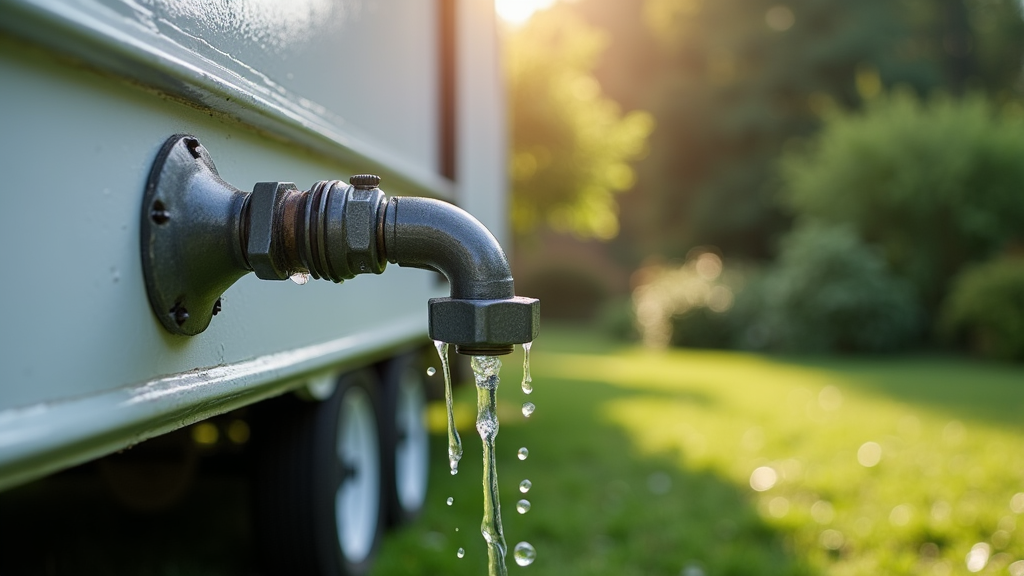

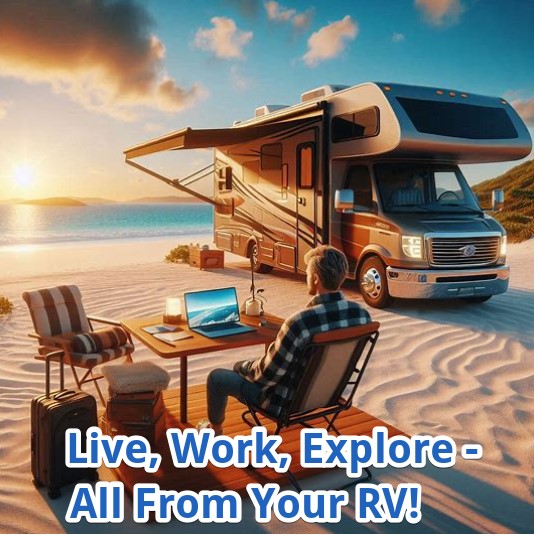
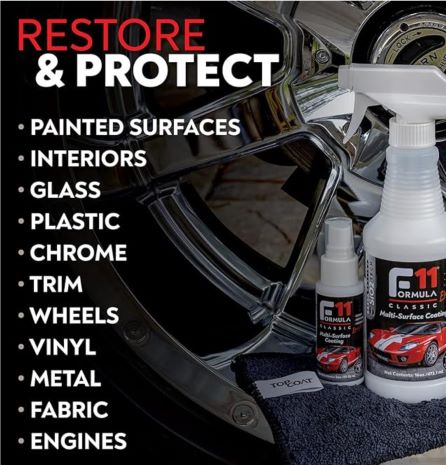
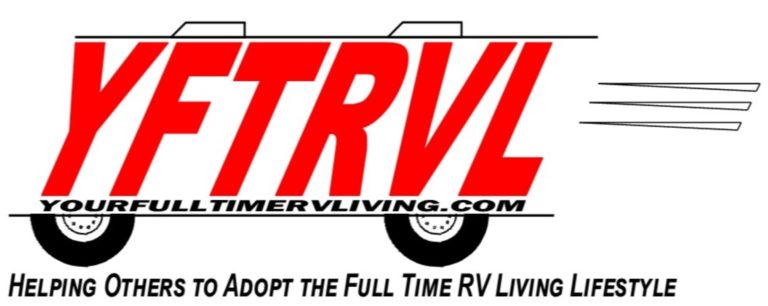



Recent Comments